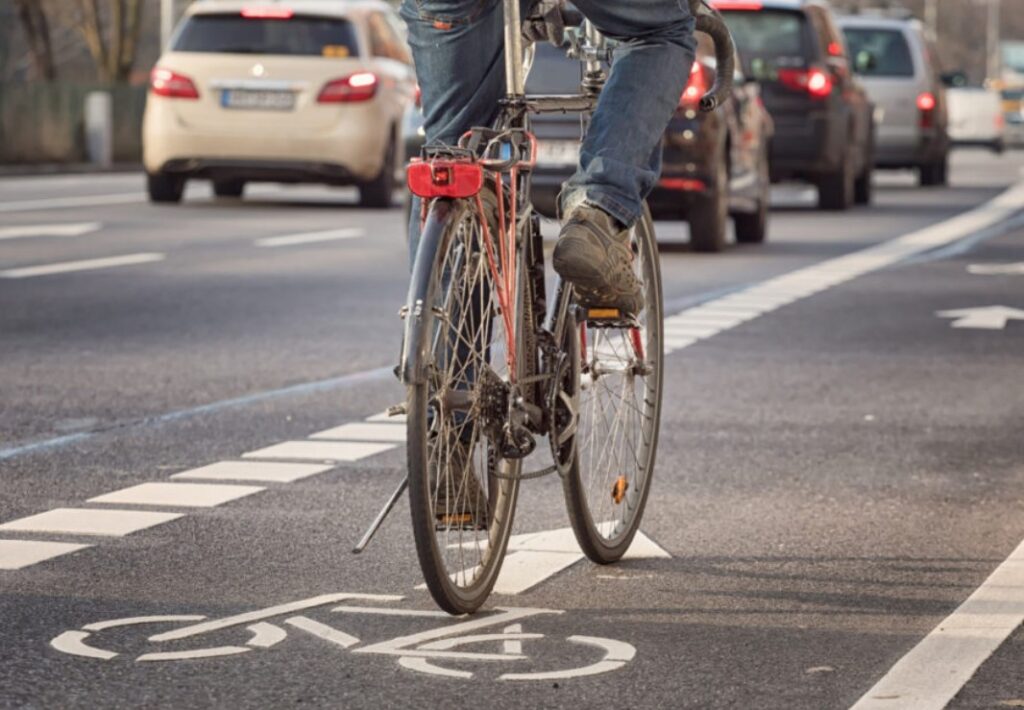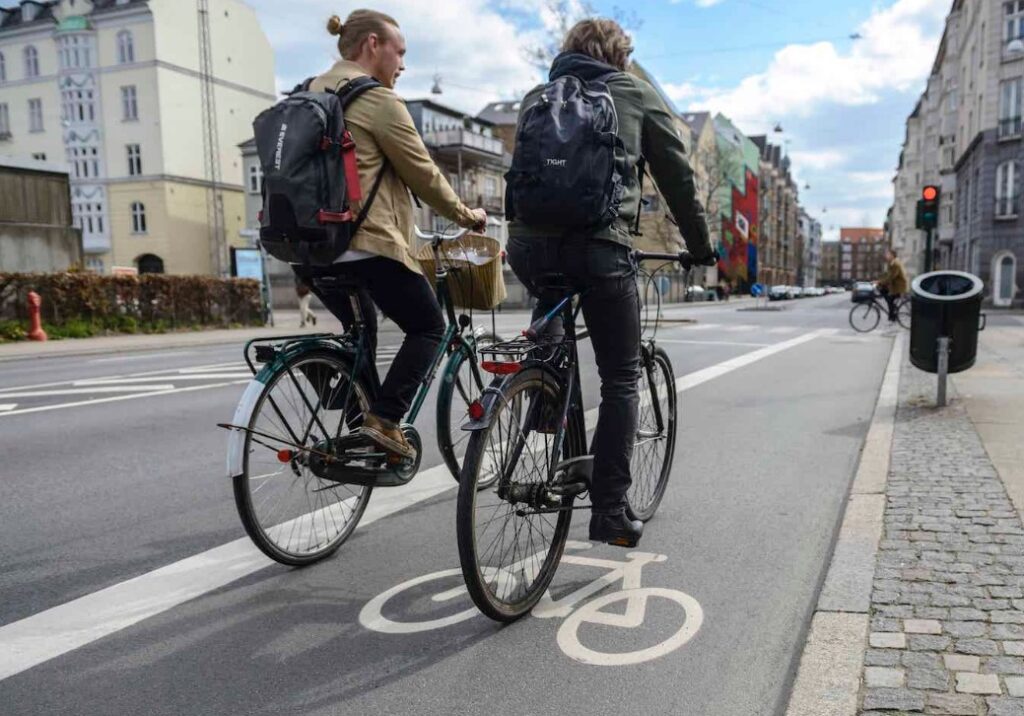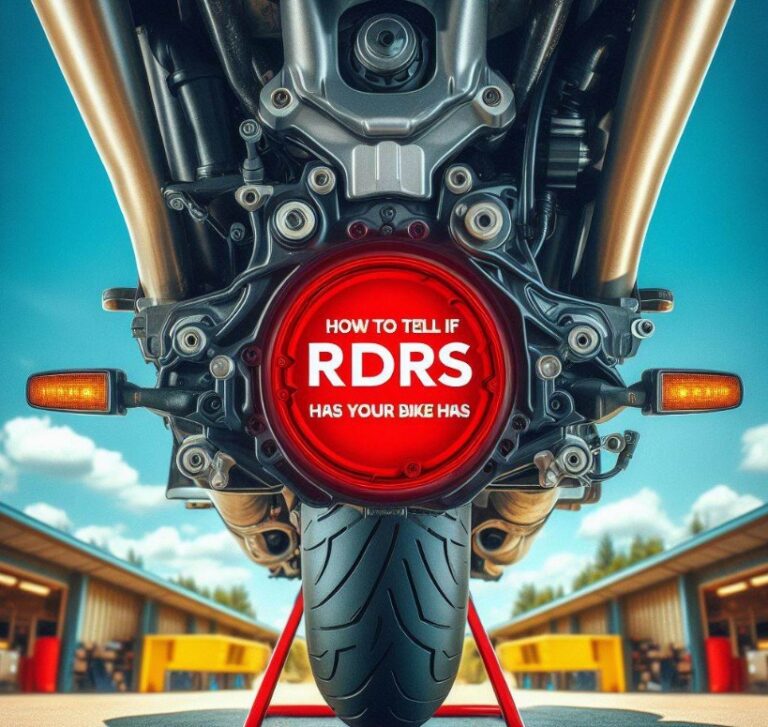Do Bikes Have Right Of Way Over Cars? Answered
Navigating the roads can be a complex dance between different types of vehicles, with bicycles and cars often sharing the same space. A question that frequently arises in this dynamic environment is: Do Bikes Have Right Of Way Over Cars? Understanding the rules and responsibilities is crucial for ensuring safety and harmony on the roads.
Key Takeaways
- Bicycles are legally considered vehicles and must adhere to the same traffic laws as motor vehicles.
- The right of way for bikes varies based on local laws and road conditions.
- Cyclists are encouraged to use designated bike lanes when available.
- Both drivers and cyclists are responsible for maintaining awareness and practicing defensive driving/riding.
Do Bikes Have Right Of Way Over Cars?
In the realm of road sharing, the question of whether bikes have right of way over cars often leads to confusion. Generally, bicycles are legally recognized as vehicles, granting them the same rights and responsibilities as motor vehicles.
However, the specific right of way depends on local traffic laws, which can vary from one jurisdiction to another. Cyclists are required to obey traffic signals and signs, and in situations where the law is clear, they must yield to pedestrians and follow the rules applicable to all road users.

In many regions, the answer leans towards equality on the roads, meaning that neither bikes nor cars have inherent right of way over the other.
Instead, standard traffic rules apply: whoever arrives first at an intersection has the right of way, and turning vehicles must yield to oncoming straight-moving traffic, regardless of whether it’s a car or a bicycle. But remember, specific local laws can modify these general rules, so it’s vital to be informed about your local traffic regulations.
Understanding Traffic Laws and Bicycle Rights
Traffic laws serve as the backbone of road safety, dictating how vehicles, including bicycles, should navigate shared spaces. Bicyclists are often required to follow the same laws as motorists, which means stopping at red lights, yielding when necessary, and signaling turns.
By adhering to these regulations, cyclists not only ensure their own safety but also contribute to the orderly flow of traffic.
However, the presence of bicycles on roads also necessitates additional considerations. Some areas provide designated bike lanes, offering a safer space for cyclists away from the flow of motor vehicles.
When such lanes are available, cyclists are typically required to use them, which can influence right-of-way dynamics. Motorists must be vigilant and respect the boundaries of these lanes, yielding to cyclists when crossing or turning.
Safety on the roads is a shared responsibility between drivers and cyclists. For motorists, this means being aware of cyclists, checking blind spots, and giving bikes ample space when passing.
Conversely, cyclists should make themselves visible, use lights and reflective gear, and signal their intentions to drivers. By practicing defensive driving and riding, both parties can contribute to a safer road environment.
The concept of shared responsibility extends beyond individual actions. Infrastructure plays a crucial role in ensuring safety, with properly designed roads, clear signage, and well-maintained bike lanes making a significant difference. Both local governments and road users have a part to play in advocating for and utilizing these features effectively.
The Impact of Local Regulations on Right of Way
Local regulations significantly influence how bicycles and cars interact on the roads. These laws can dictate whether cyclists are allowed on sidewalks, how they should merge with car traffic, and the specifics of right-of-way in various scenarios.
It’s essential for both cyclists and drivers to familiarize themselves with these local rules to navigate shared roads confidently and legally.
In cities with a high volume of cyclists, local laws may be more tailored to protect bikers, including specific right-of-way rules in bike lanes and at intersections.
Conversely, in areas where cycling is less common, laws may favor motor vehicle traffic. Regardless of the local stance, knowledge and compliance with these regulations are key to ensuring safety and harmony on the roads.
Best Practices for Cyclists and Motorists
While laws provide the framework for road use, best practices ensure that all parties coexist safely and respectfully. For cyclists, this includes using bike lanes when available, wearing helmets, and ensuring their bicycles are roadworthy.
For motorists, best practices involve giving cyclists enough space, being patient, and always checking for bikes before turning or opening car doors.
Adopting these behaviors can significantly reduce the risk of accidents and improve the overall road-sharing experience. It’s about more than just following laws; it’s about cultivating a culture of respect and understanding between all road users.
Intersections and turns present particular challenges for cyclists and drivers alike. At these points, clear communication and understanding of right-of-way are crucial.
Cyclists should position themselves visibly and predictably, while drivers should anticipate cyclists’ movements and yield when necessary. By treating each other with caution and respect, both parties can navigate these areas safely.
The approach to intersections often requires specific behaviors from cyclists, such as taking the lane when turning left, to increase visibility and reduce the risk of collisions. Similarly, drivers should not cut corners or turn at high speeds, especially in areas frequented by cyclists.
Do Cyclists Have The Same Rights And Responsibilities As Vehicle Drivers?
Cyclists, much like vehicle drivers, are obliged to adhere to the road laws and regulations, which include obeying traffic signals, signs, and road markings. They have the same legal rights to use the road, with certain exceptions such as highways where bicycles are typically prohibited.

This means cyclists should ride in the same direction as traffic, signal turns, and stop at stop signs and red lights. However, while they share many of the same responsibilities, there are specific rules tailored to cyclists for their safety and the safety of others, such as helmet laws in certain jurisdictions and the requirement to use bike lanes where provided.
The balance between rights and responsibilities is crucial to maintain safety and harmony on the road. This shared legal framework aims to protect all road users, regardless of their mode of transport.
What Are The Bicycle Laws In Texas?
In Texas, bicycle laws are designed to ensure the safety of cyclists and others on the road. Cyclists are required to obey all traffic signs and signals, just like motor vehicle drivers.
They must ride near the curb or edge of the roadway when traveling slower than other traffic, except when passing, turning left, or avoiding hazards.

Texas law mandates the use of hand signals when turning or stopping. At night, bicycles must be equipped with a white light visible from at least 500 feet in front and a red reflector or light visible from the rear. Minors are required to wear helmets in some cities within Texas.
While the state does not mandate the use of bike lanes, when available, their use is encouraged for safety. These laws are in place to create a safer environment for everyone on the road.
What Should You Do If You Are Going To Be Turning Right But A Bike Is Next To You Or Close Behind You?
When you’re driving and planning to turn right but notice a bicycle next to you or close behind, the safest approach is to slow down and let the cyclist pass before making the turn.
This maneuver is essential to prevent a “right hook” collision, where the vehicle turns across the path of the cyclist. Check your mirrors and blind spots carefully to ensure the cyclist is at a safe distance before you initiate your turn.
Use your turn signals well in advance to communicate your intentions to the cyclist and other road users. Patience and clear communication are key in these situations to ensure safety for both drivers and cyclists. Remember, cyclists have the same rights to the road and must be treated with the same respect and caution as other vehicles.
Conclusion
In the complex dance of road sharing, understanding whether bikes have right of way over cars is essential for everyone’s safety. While the specifics can vary based on local laws, the underlying principle is clear: bicycles are considered vehicles and deserve the same respect and caution as any other road user.
Both cyclists and drivers have a role to play in maintaining safety and respect on the roads. By staying informed, practicing defensive driving and riding, and adhering to best practices, we can ensure a safer, more harmonious coexistence on our shared roads. Remember, the road is a space for all, and cooperation is the key to navigating it safely.
People Also Ask
What are the consequences for not following bicycle traffic laws?
The consequences for not following bicycle traffic laws can include fines, points on your driving record (if applicable), and increased risk of accidents. The exact penalties vary by jurisdiction and the nature of the violation. Adhering to traffic laws is crucial for the safety of cyclists and all road users.
Are cyclists allowed to ride on sidewalks?
The legality of cycling on sidewalks varies by location. In some areas, it’s allowed, especially where bike infrastructure is lacking, but in others, it’s illegal due to pedestrian safety concerns. When cycling on sidewalks is permitted, cyclists usually must yield to pedestrians and may be required to ride at a slower speed.
What should a cyclist do if there is no bike lane available?
If there is no bike lane available, cyclists should ride on the right side of the road, as close as is safe and practical to the curb or edge of the road. However, cyclists may move towards the center of the lane to avoid hazards, make left turns, or when the lane is too narrow for a car and a bicycle to share safely.
Do cyclists need to signal their intentions on the road?
Yes, cyclists should signal their intentions, such as turning or stopping, to alert other road users. Hand signals are the most common method for cyclists to communicate their intentions, and understanding these signals is important for both cyclists and motorists.

Welcome to the exhilarating world of Matt Rex, a professional car racer turned renowned vehicle enthusiast. Immerse yourself in his captivating blog as he shares heart-pounding adventures, expert reviews, and valuable insights on cars, trucks, jets, and more. Fuel your passion for speed and discover the beauty of vehicles through Matt’s engaging stories and meticulous expertise. Join the ever-growing community of enthusiasts who find inspiration and expert advice in Matt Rex’s blog—a digital hub where the thrill of speed meets the pursuit of knowledge.







